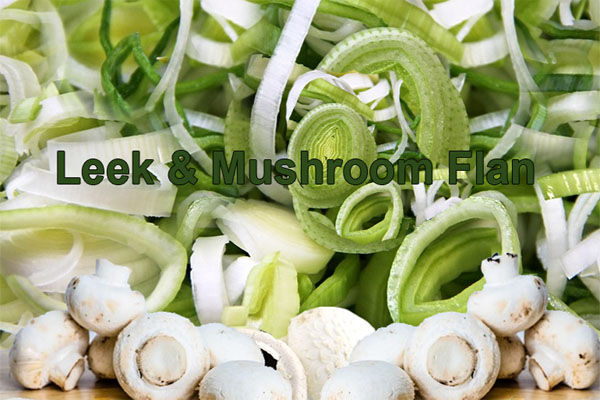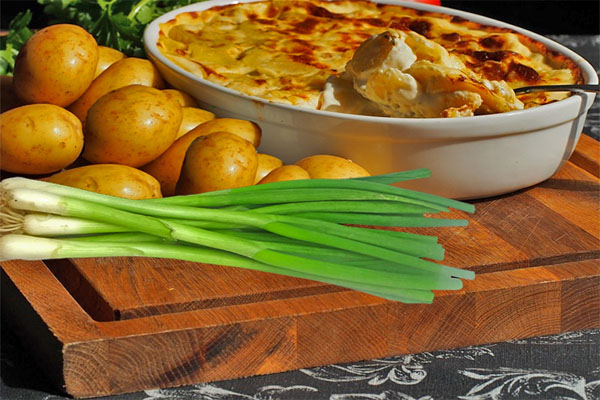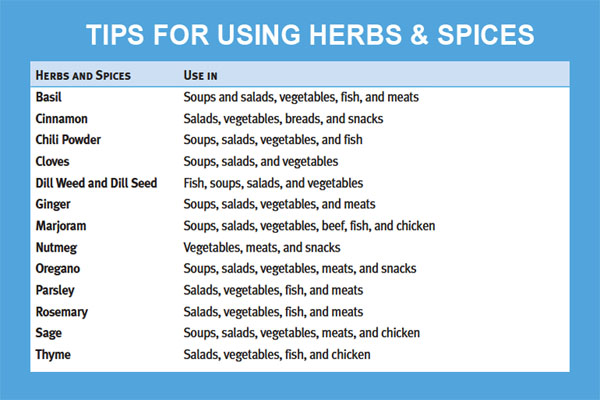Health Pages
Now You're Cooking
Now You're Cooking...
Once you start purchasing heart healthier foods, you'll be ready for the really fun part, trying new recipes. You'll discover that heart healthy eating is a lot more delicious than you may have thought.
For a heart healthier way of living, in addition to eating well, pursue regular physical activity, avoid smoking, and keep stress in check.
Excess weight, especially in the abdominal region, can cause your blood cholesterol to rise. If you are overweight, a balanced, low-calorie, low-fat diet combined with an adequate amount of exercise will help you achieve and maintain a healthy weight.
We can supply you with great information, tips and ideas for heart healthy cooking. Below are are some tips to help you put the basic principles of your cholesterol lowering program into everyday cooking practice.
Tips and basic principles for healthy cooking practice:
 Read the labels on dairy products and choose those with a lower percentage of fat.
Read the labels on dairy products and choose those with a lower percentage of fat.
 To reduce saturated fat, control the size of your portions, trim the fat off meat and remove the skin from poultry before cooking.
To reduce saturated fat, control the size of your portions, trim the fat off meat and remove the skin from poultry before cooking.
 Choose leaner cuts of meat and generally cut down on the amount of meat you eat.
Choose leaner cuts of meat and generally cut down on the amount of meat you eat.
 Use meat as an ingredient instead of the main course.
Use meat as an ingredient instead of the main course.
 In soups, salads, stews or as a spread, legumes are a very good substitute for meat, minus the fat and with lots of dietary fibre as a bonus. Introduce more alternatives like beans.
In soups, salads, stews or as a spread, legumes are a very good substitute for meat, minus the fat and with lots of dietary fibre as a bonus. Introduce more alternatives like beans.
 Use 1% or skim milk in soups and puddings, and 1% evaporated milk instead of cream in sauces.
Use 1% or skim milk in soups and puddings, and 1% evaporated milk instead of cream in sauces.
 Select lower-fat cheeses with a milk-fat content {% M.F.) of 7% or less.
Select lower-fat cheeses with a milk-fat content {% M.F.) of 7% or less.
 Give greater importance to vegetables and fruits in your meal plan.
Give greater importance to vegetables and fruits in your meal plan.
 Try cooking methods that don't call for fat, such as braising, baking, grilling, steaming, microwaving or pressure-cooking.
Try cooking methods that don't call for fat, such as braising, baking, grilling, steaming, microwaving or pressure-cooking.
 Use non-stick pots or pans to sauté meat, poultry, fish and vegetables.
Use non-stick pots or pans to sauté meat, poultry, fish and vegetables.
 Add interest with different types of pasta or rice, and whole wheat noodles.
Add interest with different types of pasta or rice, and whole wheat noodles.
 Introduce more dark leafy green vegetables like spinach or rapini by adding them to salads, soups, or a stir-fry.
Introduce more dark leafy green vegetables like spinach or rapini by adding them to salads, soups, or a stir-fry.
 Sneak extra vegetables into pasta sauces and other dishes.
Sneak extra vegetables into pasta sauces and other dishes.
 Stir chopped fresh fruit or dried fruit into hot cereal or a favorite muffin recipe.
Stir chopped fresh fruit or dried fruit into hot cereal or a favorite muffin recipe.
 Use fruit purees as toppings for pancakes, waffles, and low-fat yogurt.
Use fruit purees as toppings for pancakes, waffles, and low-fat yogurt.
 Make dips and salad dressings with low-fat yogurt.
Make dips and salad dressings with low-fat yogurt.
 Try combination dishes like casseroles or a stir-fry to introduce different tastes.
Try combination dishes like casseroles or a stir-fry to introduce different tastes.
 Experiment with ancient grains like spelt, kamut, millet, freekeh, farro, teff, einkorn, and emmer for their excellent nutritional profiles.
Experiment with ancient grains like spelt, kamut, millet, freekeh, farro, teff, einkorn, and emmer for their excellent nutritional profiles.
 Try to prepare meals with the pseudocereals like quinoa, amaranth, buckwheat, and chia to enjoy their unique taste and health benefits.
Try to prepare meals with the pseudocereals like quinoa, amaranth, buckwheat, and chia to enjoy their unique taste and health benefits. Remember that variety is still the best guarantee of a healthy, balanced diet.
Remember that variety is still the best guarantee of a healthy, balanced diet.
RomWell Health Pages - Disclaimer
Our pages are created to provide medically accurate information that is intended to complement, not replace or substitute in any way the services of your physician. Any application of the recommendations set forth in the following pages is at the reader's discretion and sole risk. Before undergoing medical treatment, you should consult with your doctor, who can best assess your individual needs, symptoms and treatment.Try Some Recipes & Learn More:
It doesn't take much to start cooking healthier food...
Oat Bran Raisin Muffins
Bake these tasty fibre rich muffins...
Strawberry Mousse
Creamy, delicious, low in calories and fat!
Leek and Mushroom Flan
Easy to Prepare, Tasty and Heart Healthy...
Egg Substitute
Substituting Egg Whites For Whole Eggs
Salmon & Potato Casserole
You can put this dish together in about 15 to 20 minutes...
Season Without Salt
Learn How to Season Food Without Salt...
Spice Blend No. 1
Try This Spice Blend Recipe on Vegetables and Meats
Learn More:
 Making Change
Making Change
 About Fats
About Fats
 Low Fat Diet
Low Fat Diet
 Fat and Fibre Tips
Fat and Fibre Tips
 Set Your Goals
Set Your Goals
 Eating Well
Eating Well
 Healthy Eating
Healthy Eating
 Food Sources of Vitamin A
Food Sources of Vitamin A
 Food Sources of Vitamin C
Food Sources of Vitamin C
 Food Sources of Vitamin E
Food Sources of Vitamin E
 Diet and Eating Out
Diet and Eating Out
 Healthy Eating Recipes
Healthy Eating Recipes
 Try Some Recipes From Cooking Choice
Try Some Recipes From Cooking Choice










